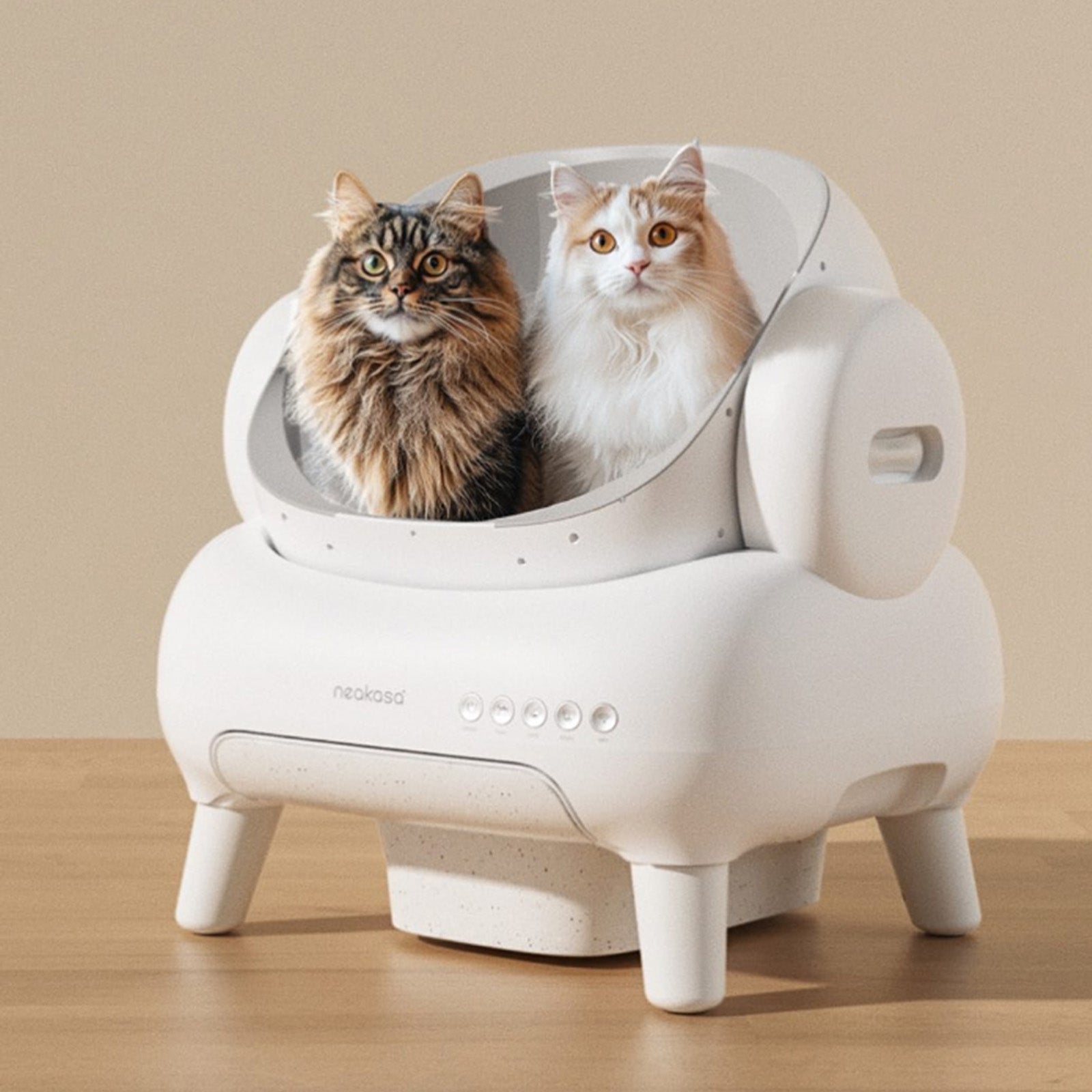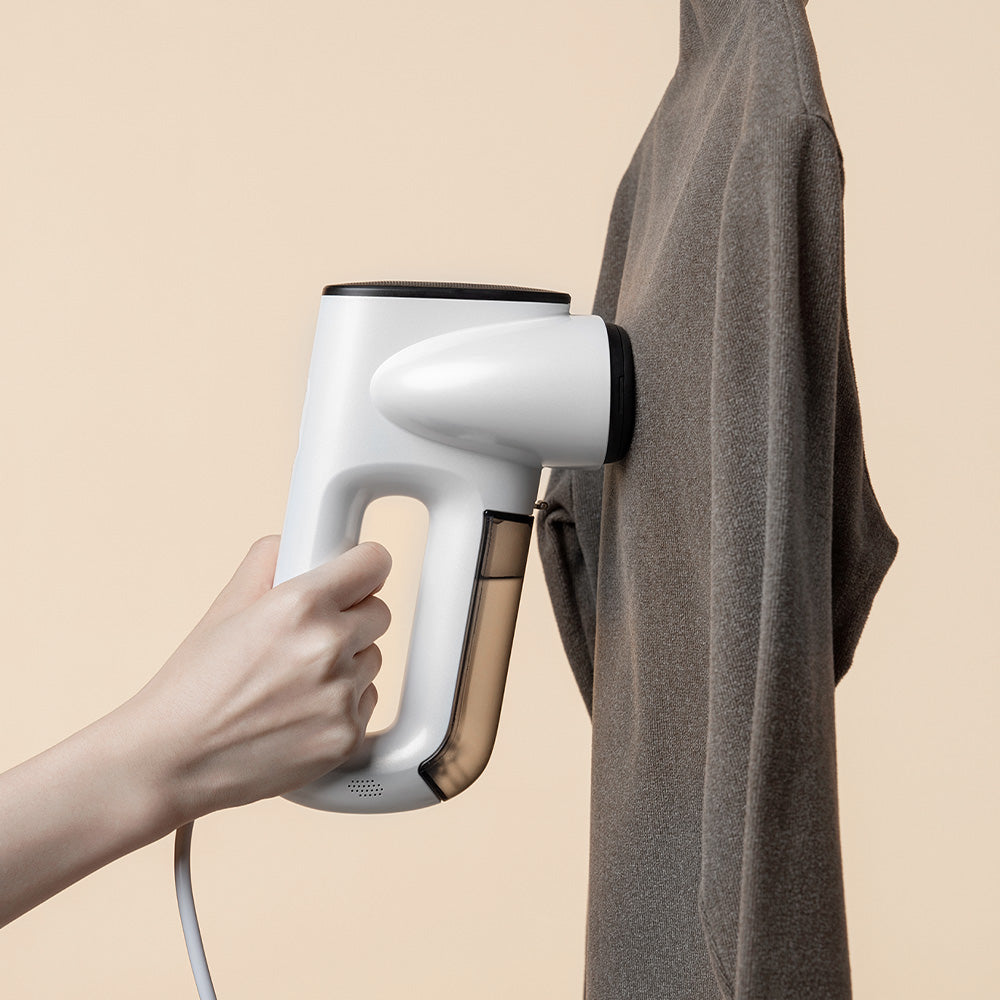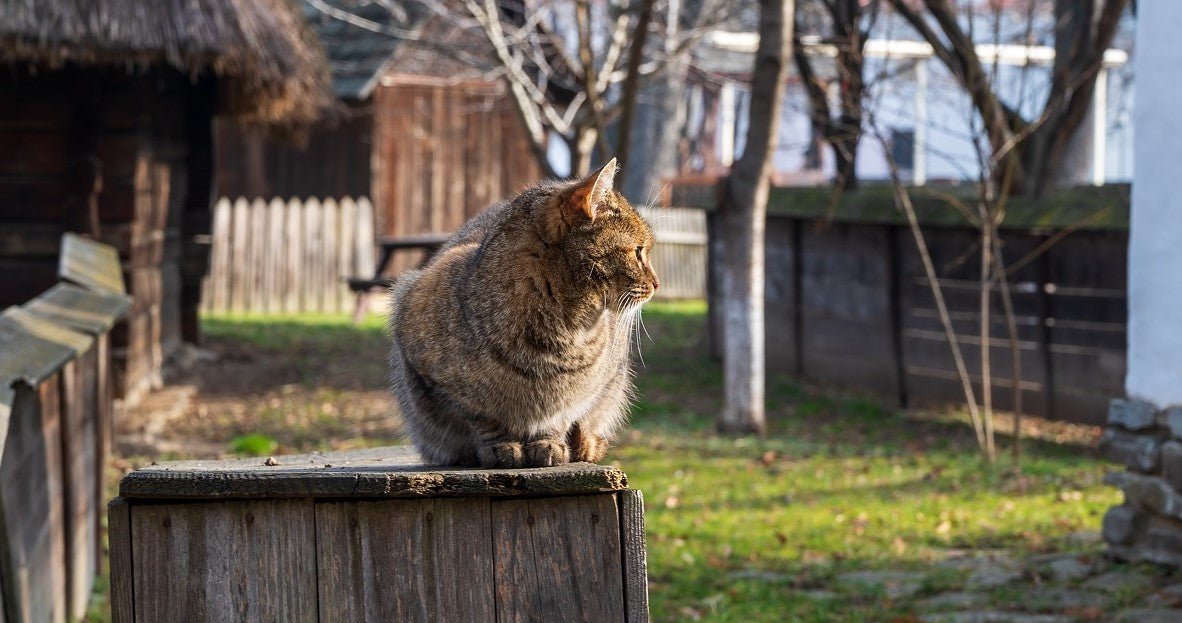The days will grow darker and the temperature will drop as winter draws near. Despite their resourcefulness, cats still require shelter when the weather becomes cold. Cats are susceptible to frostbite and hypothermia in extremely cold weather. Sometimes, even their fur coats can't keep them warm. Therefore, it is necessary to build an outdoor house for cat, which can protect the cats and let them survive the cold winter.
Outdoor House for Cats
Your cat can stay warm and cozy inside your home. How about the feral and stray cats that loiter near your home? Actually the community stray cats may not have a place to escape the bitter cold of the winter. Give some outdoor cat house to the stray cats in your neighborhood this year so they may stay warm and cozy throughout the cold weather.

If the outdoor cat house prepared for stray cats meets the characteristics of concealed location, warmth, and comfort, the possibility of cats living here is relatively high. However, if the cat litter is placed in a place with a large flow of people, the litter is thin, and the smell is pungent, the cat will not go back to live, but will stay away.
DIY Outdoor Cat House Tips
If you have browsed various shopping websites and feel that the cost of cat houses is too high, and you want to make outdoor cat houses for multiple cats, let's make a cat house by ourselves now!
Here are some DIY tips you should know:
- Although you may buy outdoor cat houses for the winter, constructing your own can be quite affordable! There are numerous tutorials online that make use of everyday objects or even throwaway ones. Do you have a sizable plastic container or an old ice chest?
By making an entrance/exit on a side wall, those can be converted into a shelter for stray cats throughout the winter. So that cats may warm it with their body heat, and fill it with straw. Simply make sure that the material you choose for the exterior of your winter cat house is waterproof and insulated. Choose a substance that repels moisture, such as straw, for interior insulation. Hay and blankets both retain moisture and are mold-prone. - This is a great option if you have a foam case. First wrap a few layers of tape around the outside of the box to keep the box firm. If possible, you can put a layer of cardboard inside the box to prevent the cat from grinding its claws in the box and scratching the box.

- You can put the mats or old clothes you prepared for the children before covering the lid to make the cat nest warmer and more comfortable.
- Make sure your winter cat housing is elevated off the ground. The outdoor cat winter shelter's added support helps keep cats protected from snow and rain.
- Additionally, make sure the outside cat home is the ideal size for the neighborhood cats. The outdoor cat houseshould be sizable, but not excessively so. Additionally, the entrance to the cozy cat housing shouldn't be overly large. You don't want dogs or raccoons to infiltrate the wild cat shelter during the winter and scare off all the cats.
Check Your Outdoor Cat House Regularly
Make sure to keep the cats in your neighborhood safe and comfortable throughout the colder months if you opt to build some outdoor cat houses this year for your feline companions.
Keep an eye on the house to make sure the cats aren't getting wet. With catnip or goodies, you can entice wandering cats into the warm cat house. You can get solar-powered or heated outside bowls if you decide to put food out in your DIY outdoor cat house. You might be the only person who can provide stray cats in your neighborhood with a cozy place to escape the cold.

How & Where to Place Water and Food?
This winter, protect outside cats' water and food from freezing to prevent them from being hungry and thirsty. Place food and water close to the shelter so the cats won't have to travel far if doing so won't compromise the shelter's privacy and security.
Putting two shelters two feet apart with their doorways facing one another will help safeguard food and water. Then, fasten a broad board from one roof to the other to form a canopy between them. Put the food and water behind the canopy after that.
How to Stop Food from Freezing?
What you use to store food and water might have an impact. A water container made of thick plastic that is both deep and wide will provide better insulation than one made of thin plastic or ceramic. Water and canned goods can avoid or be delayed from freezing by using a solar-heated water bowl.

You can place bowls of dry or wet food inside well-insulated shelters, away from the doorway. Even if the moist meal freezes, when the cats curl up in their shelter, the heat from their bodies will defrost them.
Water dishes shouldn't be placed inside the shelter. A damp shelter will feel more like a frigid place than a warm refuge since water is easily spilled. Make every effort not to let the water freeze.








Leave a comment
This site is protected by hCaptcha and the hCaptcha Privacy Policy and Terms of Service apply.